Frederick Carl Frieseke
1874-1939 | American
At The Mirror
Signed “F.C. Frieseke” (Lower Right)
Oil On Canvas
Part Of The Second Generation Of Modern American Painters To Study In Giverny, Frederick Carl Frieseke Is Among The Most Important American Impressionists Of His Age. While Many Of His Contemporaries Focused On The Landscape, Frieseke Gained His Inspiration From The Figural, And In Particular The Theme Of Femininity. His Works Capture Female Figures Engaging In Traditionally Feminine Roles — Strolling In The Garden Or Posed In A Domestic Interior. At The Mirror Is A Charming Example Of The Latter, And It Is Masterfully Executed With The Artist’S Deft Handling Of Color.
The Work Demonstrates The Artist’S Remarkable Eye For Composition; The Mirror (With Its Reflection) Divides The Canvas Horizontally, Offering A View Of The Front And Back Of The Artist’S Model As She Removes Her Robe. The Result Is A Work That Feels Both Intimate And Voyeuristic, Allowing The Viewer A Glimpse Into This Private Space. The Soft Familiarity Of The Work Is Enhanced By The Painter’S Characteristic Limitation Of Palette, Which Has Been Pared Down To A Series Of Pale Greens, Blues And Violets That Are Only Occasionally Offset By Hints Of Orange, Yellow And Red In The Wallpaper And Flowers. All Of His Distinctive Artistic Devices Come Together In At The Mirror, Resulting In A Highly Successful And Balanced Composition.
Executed In 1922, The Work Embodies Frieseke’S Mature Impressionist Style. After Spending Nearly Two Decades In The Artist’S Colony At Giverny, Frieseke Moved To A Farm In Normandy In 1920, And His Art Of This Period Concentrated Almost Solely On The Female Figure. At The Mirror Exemplifies His Output Of This Age. The Quietude Of The Room And The Tranquility Of The Model Are Poignantly Recorded By Frieseke, Resulting In An Idyllic Image That Approaches Its Subject In Its Most Picturesque Form. As A Whole, The Work Demonstrates Frieseke’S Skillful Use Of Impressionistic Brushwork And Diffuse Light.
Born In Michigan In 1874, Frieseke Studied His Craft At The School Of The Art Institute Of Chicago. After Briefly Studying In New York, He Moved To Paris In 1897 Like Many Artists Of His Generation. There, He Studied At The Académie Julian, Where He Worked Under Benjamin Constant And Jean-Paul Laurens. In The Ensuing Years, He Began To Paint The Intimate Views Of Women In Their Boudoirs That Would Come To Dominate His Output Throughout His Career.
Frieseke First Visited The Artist Colony In Giverny In 1900, And Just Five Years Later, He Would Settle There. The Work He Created While In Giverny Was Among The Most Significant Of His Career. He And His Wife Frequently Visited Claude Monet, Who Was A Close Neighbor, Though They More Commonly Discussed Gardens Than Their Artwork. In 1920, Frieseke Was Appointed A Chevalier Of The Legion Of Honor, A Remarkable Achievement For An American Painter. Today, His Works Can Be Found In Museums Around The World, Including The Detroit Institute Of The Arts, The Minneapolis Institute Of Arts, The Museum Of Fine Arts (Houston) And The Thyssen-Bornemisza Museum (Madrid).
This Work Will Be Included In The Forthcoming Catalogue Raisonné Of Frieseke’S Work Being Compiled By Nicholas Kilmer, The Artist’S Grandson.
Painted By 1922
Canvas: 32 3/4″ High X 32 1/4″ Wide
Frame: 43″ High X 42 1/2″ Wide
Provenance:
Macbeth Gallery, New York
Sotheby’S New York, May 25, 1988, Lot 194
Private Collection
M.S. Rau, New Orleans
Sale!
Fine Art M.S. Rau | At The Mirror By Frederick Carl Frieseke
$98.00

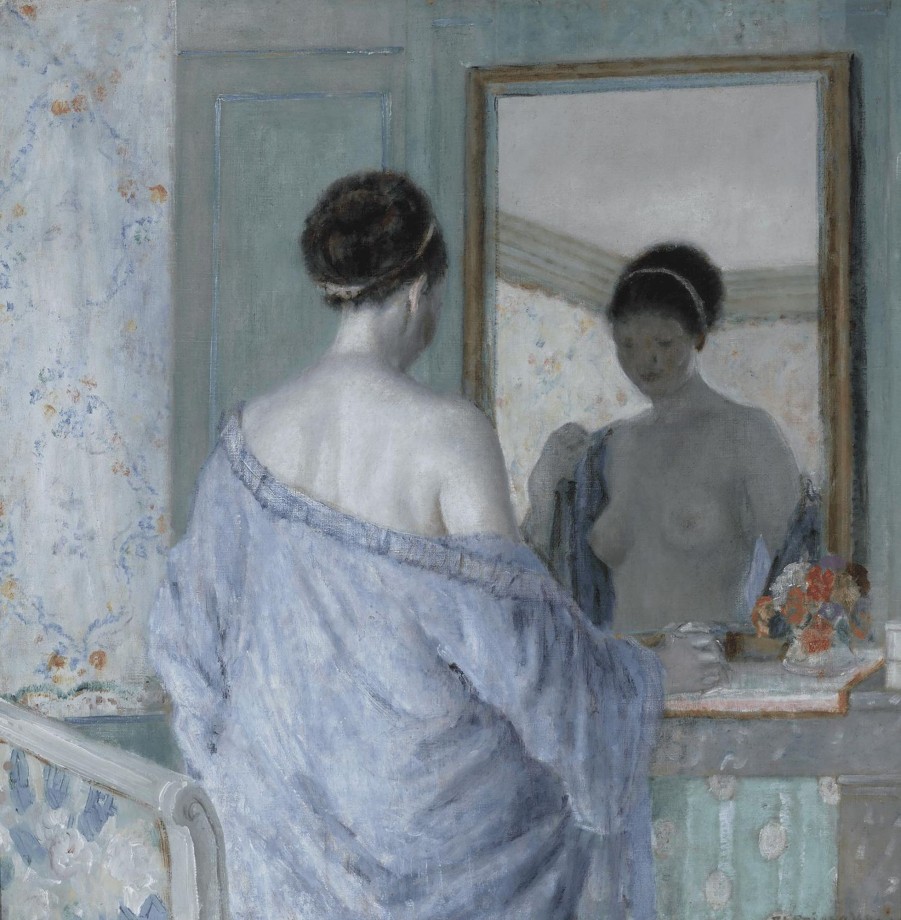
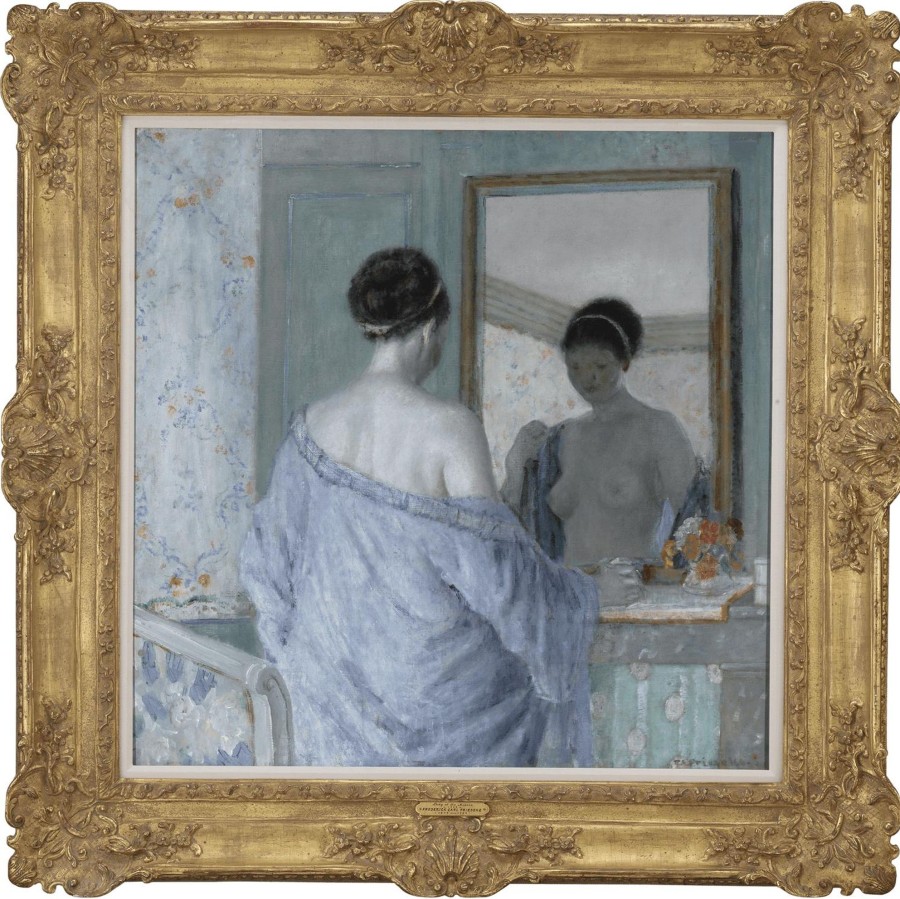

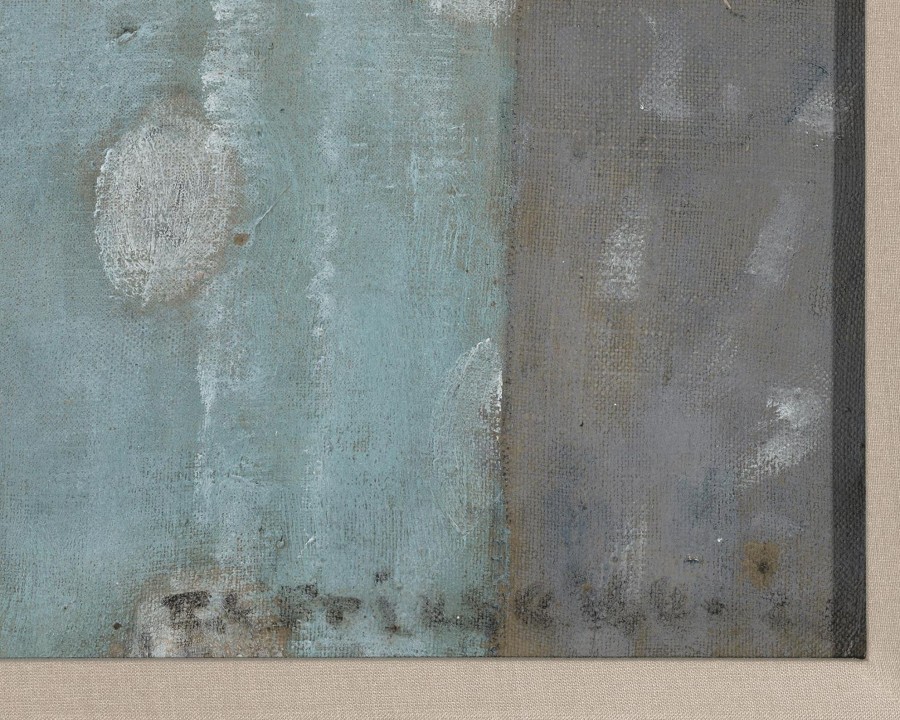

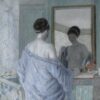
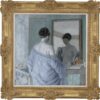



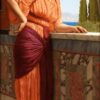
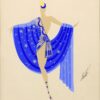
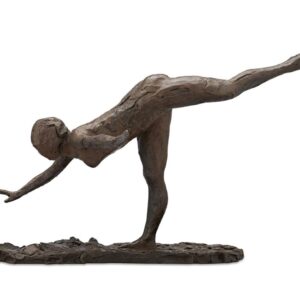
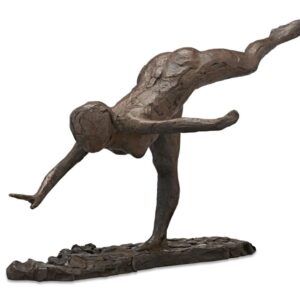
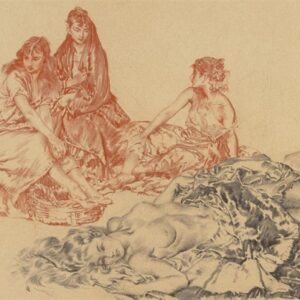
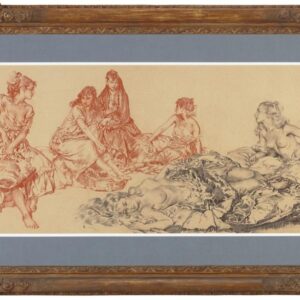
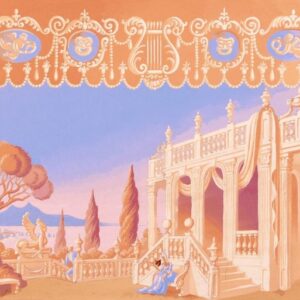
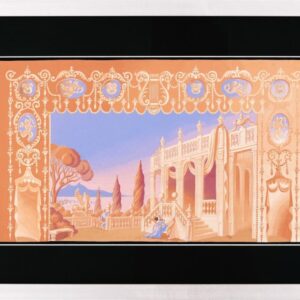
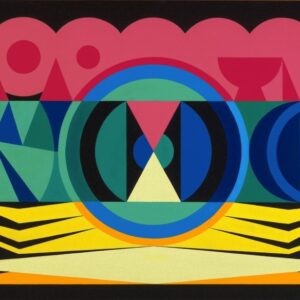
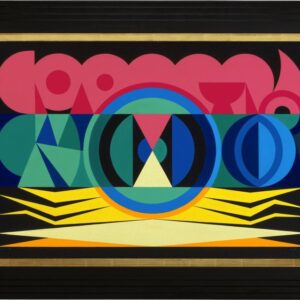
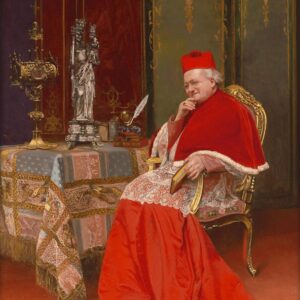
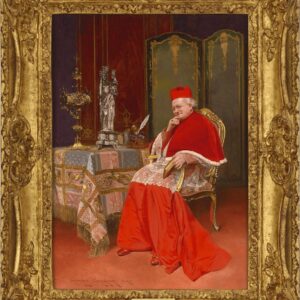
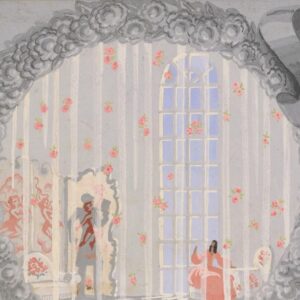

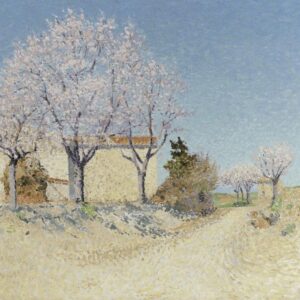
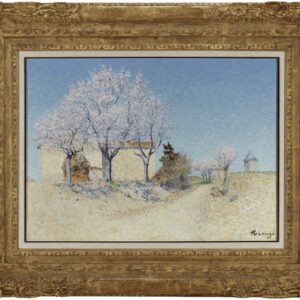
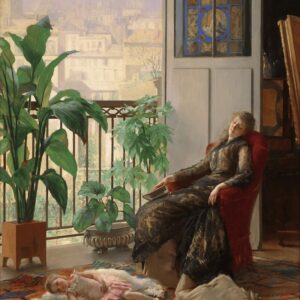
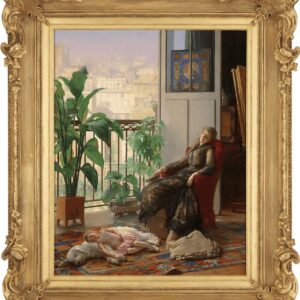
Reviews
There are no reviews yet.